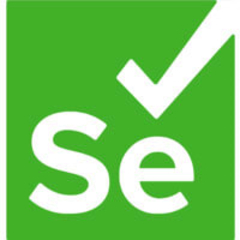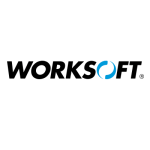The solution is for front-end testing. It is mainly a testing tool.
There is nothing I cannot do with Selenium. It's very good in terms of features.
The recent changes they've added have been positive.
The back-end integration and backend web driver supports are great. We integrate with Jira Confluence, Bitbucket, and Jenkins. There is no issue at all.
It has great Dev tools.
The Chrome debugging protocol has been helpful.
We found the initial setup to be straightforward.
The solution is stable.
It's quite scalable.
This is an open-source solution that is free to use.
It supports multiple languages. Many of my friends are working with Selenium with Python language. I am working in Java. People are working in Javascript also. Some people work in this Ruby, C#, et cetera.
In my previous company, I was using Selenium in my MacBook Air. They could handle iOS with no problem or Windows. It supports different operating systems and multiple browsers.
It's really not lacking in features at this time.
We'd like to have more support for Windows applications.
There's no in-built reporting available. They should work on their reporting functionality.
I've used the solution for five and a half years.
It's a pretty stable product. There are no bugs or glitches. It doesn't crash or freeze.
It is scalable. I have made many changes, and it is always scalable. It is adaptive, actually. Whatever I do on it, I can adjust. It is scalable.
We have maybe ten people using the solution right now.
We use it daily.
Whenever we Google issues, we find it easy to find answers.
We've found support to be good.
I've also used Appium in the past.
The solution offers a very easy initial setup. It's not overly complicated or difficult. Compared to Appium, for example, it's much easier.
I'd rate the ease of implementation five out of five.
The product is free to use and open-source.
The framework and the language should be defined early if a new user plans to take this solution on long-term. It helps to have that figured out so you can implement it correctly. A few years back, I started with Java, however, given the choice, I would have preferred Python.
I'd rate the solution ten out of ten.






















